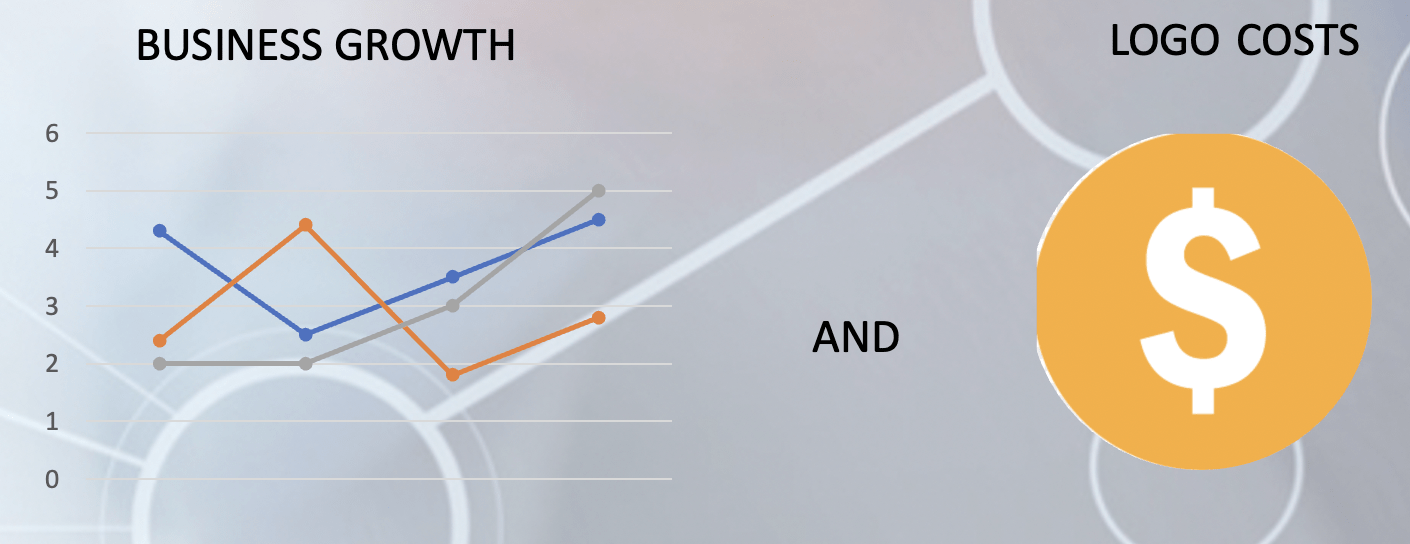Amazon Brand Analytics has a report that reveals the most popular search phrases over a period of time. As an Amazon Seller or Vendor, you can use the Amazon Search Keywords report to find the most essential search terms for your business and then use them to optimize your listings or PPC campaign. We’ll show you what information the report contains and how to take the proper conclusions from it in this post.
It’s critical to know what search phrases your consumers use in order to improve product listings and Sponsored advertisements. As a result, sellers should keep an eye on the Amazon search terms report on a frequent basis.
One of the finest features of Amazon Advertising reports is that you can use the information to personalise your campaigns to your company’s objectives. The Amazon search terms report is the greatest option among these reports for determining the specific terms that your buyers use to look for items. You may use this data to improve your keyword and product targeting based on your PPC objectives.
What information regarding Amazon search phrases does the report provide?
The Amazon search terms report provides information on the visibility of search phrases based on consumer clicks. You may see whether you can produce impressions for a specific set of keywords that are related to your product. You may also find negative keywords for search queries that aren’t bringing in any visitors.
While most of the fields in the report are reasonably self-explanatory, such as Impressions and Spend, there are a few columns that are not fully self-explanatory. Let’s take a closer look:
- 7 Day Total Sales : Amazon credits sales generated from ad clicks made up to 7 days prior to the set time period to 7-day total sales. This does not imply that you will just receive data for the next seven days.
- Total Advertising Cost of Sales (ACoS): The term “total” refers to all sales generated by the advertisement, not simply the promoted SKU.
- Total Return on Advertising Spend (RoAS): RoAS is the opposite of ACoS, and it informs you how much money you got back on your advertising spend.
- 7 Day Total Orders (#): The total number of orders for all SKUs acquired through that ad for that keyword over a seven-day lookback period. This does not imply that you will only receive data for the next seven days if you ordered a 60-day report.
- 7 Day Total Units (#): Sometimes customers order multiples of the same item.
- 7-Day Conversion Rate: The ratio of Orders to Clicks during a seven-day period. (Note that this is NOT the ratio of units to clicks.)
- 7-Day Advertised SKU Units (#): The number of units sold and the feature
- 7-Day Other SKU Units (#): This column will reflect units of items not advertised in the ad group.
- 7 Day Advertised SKU Sales: The amount of money made as a result of the advertisement for the marketed SKU. Day
- 7 Day Other SKU Sales: Revenue earned by the ad for SKUs not advertised in the ad group during the course of seven days. The amount in the 7 Day Total Sales column should equal the sum of these final two columns.
What are the most common ways to utilize the Search Term reports?
New keyword discovery: To uncover relevant keywords to explore, use the filters ACoS Target ACoS and 7 Day Total Orders > 5 (or another threshold). Then, with a little spreadsheet effort, you should be able to compare them to your existing manual targets to see if they don’t already exist.
Negative Keyword Discovery: The Search Phrases report may also assist you in identifying buyer search terms that are unrelated to your product or are costing you money in the form of clicks but no purchases. To identify these phrases, you might create your own Excel algorithms to filter clicks and no sales.
What is the best way to look at the Amazon Search Terms Report?
The fact that this report contains actual client data is the most important reason to run it. It’s not just a list of hypothetical search terms; it’s exactly what your buyers used to locate your stuff. You need to use it to improve the targeting of your Sponsored Ads.
Harvest Effective Keywords For Manual Campaigns
You will have the option to establish an automatic campaign when creating an ad campaign type. An automatic campaign allows Amazon to run your campaigns automatically with the most optimal settings and placements.
You can see the search phrase in the campaign manager when the automatic campaign generates sales. The recommended strategy is to use the exact match type in the manual ad campaign for such converting search terms as targeting keywords. However, due to the way campaign managers are set up, if you have a lot of search phrases to add, it becomes quite tiresome and repetitious.
With the help of the search term report and the procedures below, you may achieve this quickly and easily:
- Sort through the search terms that Automatic Campaign has generated — In Column “Match Type“, filter for “-” Match Type. In automatic campaigns, this will just reveal search phrases.
- Sort the “Clicks” column with descending order.
- Examine each search phrase in light of its CTR, CPC, and ACoS to see if it may be turned into a manual campaign targeting or negative keyword.
Previously, the Amazon search terms report provided the SKU details for the search phrase. This information, however, is no longer available. As a result, if you arrange your campaign with one SKU per ad group, you’ll be able to correlate the search term’s success to the precise SKU clicked.
Having many SKUs in one ad group, on the other hand, will keep you in the dark because you’ll never know which converted keyword is related with the product.
Existing PPC Campaigns Can Be Improved
You should get the search term report within 7 days to ensure that you have adequate data to select new keywords. Compiling all of the data takes time with the Amazon A10 algorithm.
Converting Relevant Keywords
As described above, find the search phrases that have resulted in multiple conversions and sales from the report. We recommend a minimum of three sales for new Seller Central accounts, and more for older accounts.
Begin by adding the top one or two performing search terms to your broad phrase and exact match campaigns. Monitor your keyword ranks and continue to optimise your campaigns on a weekly basis until you reach your break-even ACoS. Repeat the process for any other target keywords you want to rank for.
Non-Converting ‘Relevant’ Keywords
If the keywords selected in the earlier procedure do not continue to generate sales, we recommend suspending the keyword for 7 days to allow any sales to be attributed while we protect the research budget.
Then you have two options: keep the keyword active if sales have been credited, or archive it because we’ve spent all we’re prepared to spend on it and it’s shown to be a non-converting term.
Irrelevant Keywords
You should also look for and eliminate any irrelevant keywords that are damaging your advertising and costing you money.
Negative keywords are the polar opposite of positive keywords; they prevent ads from showing up for search queries that you’ve determined aren’t relevant. You can quickly reduce ad cost by adding these terms as negative keywords.
Keep an eye on consumer trends and behaviour.
You should run the search terms report on a frequent basis to gain insight into current client trends and buying patterns. Filter the search terms report by the Total Ad Spend that is the highest. Non-converting keywords can be identified, and the CPC for these keywords can be reduced or the keyword paused for a set amount of time.
To look at the search phrases that drive conversions, keep the data filtered by ad spend. This will help you lower your ACoS and boost your profits. As a result, you can focus your time and money on high-converting keywords.
Backend Search Term Optimization
Backend search terms are keywords that exist in the “back end” of your listing; customers will never see these terms on your page, but it will still rank for them.
Backend keywords are essential for helping your product listings appear in more search results, therefore use the search phrases to target in your backend keywords to increase the relevance of your product. Obtain more relevant organic traffic by ensuring that your ad is displayed for a specific term.
Make sure your listings are optimised for relevant search terms.
Because Amazon ranks your products in search results based on keywords, it’s critical that your top-performing keywords appear in your product listing so that your advertising are seen by the correct people.
You should make sure that your most significant keyword appears first in your product title. Your title is one of the first things your audience sees when they come across your listing, and it helps them decide whether or not your product is relevant to their needs and whether or not they should click on it.
Ensure that your extra product photos, bullet points, product description, and/or Enhanced Brand Content (EBC) are engaging and convincing to make your product offering as attractive as feasible.
Conclusion
The Amazon Sponsored Products search terms report will provide you with adequate historical data on what your customers are looking for in order to locate a product. Take use of this opportunity to test, refine and optimize your listings, as well as your PPC ads, for improved relevancy and discoverability.
When compared to bare-bones listings, SEO optimized product listings will always produce higher advertising results and will boost relevancy and conversion.


